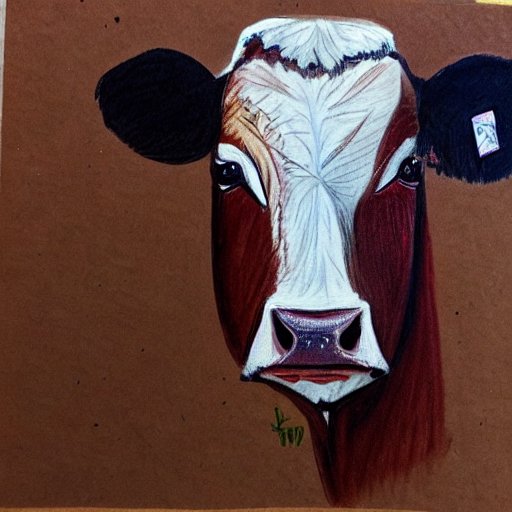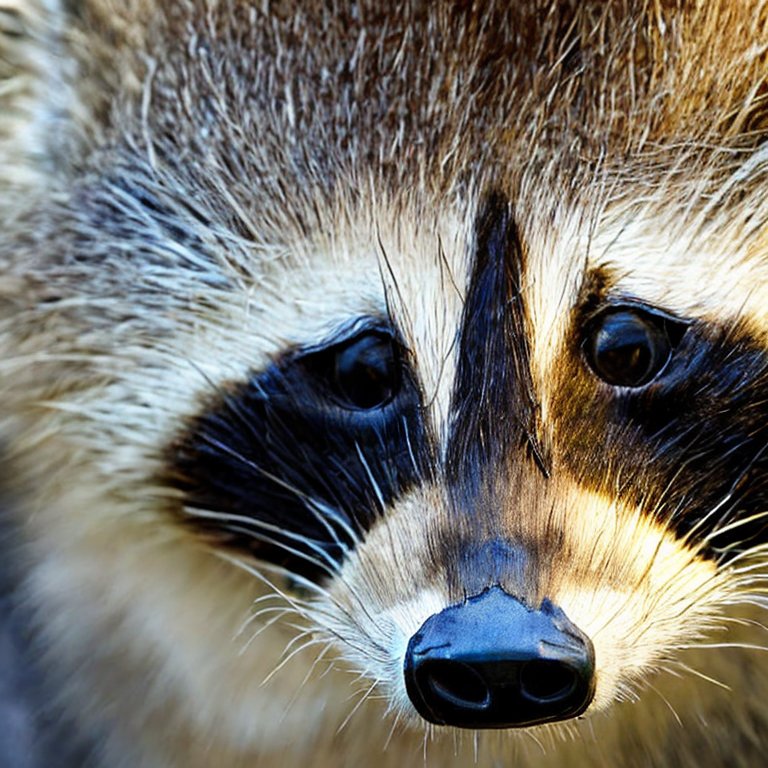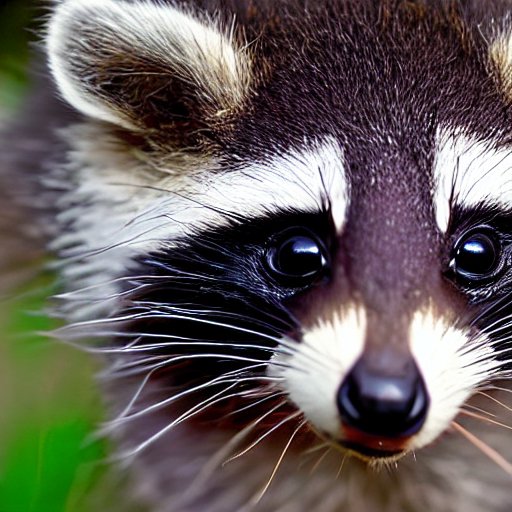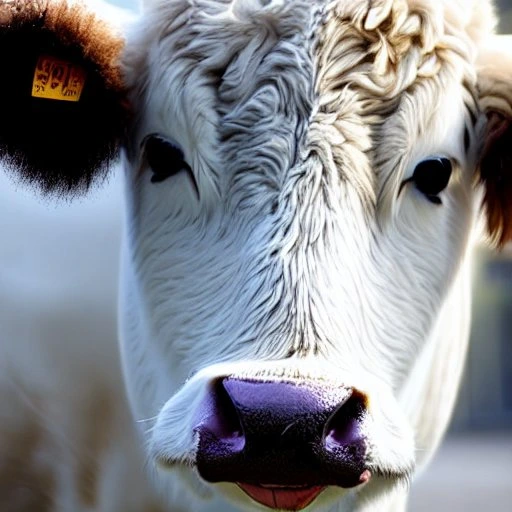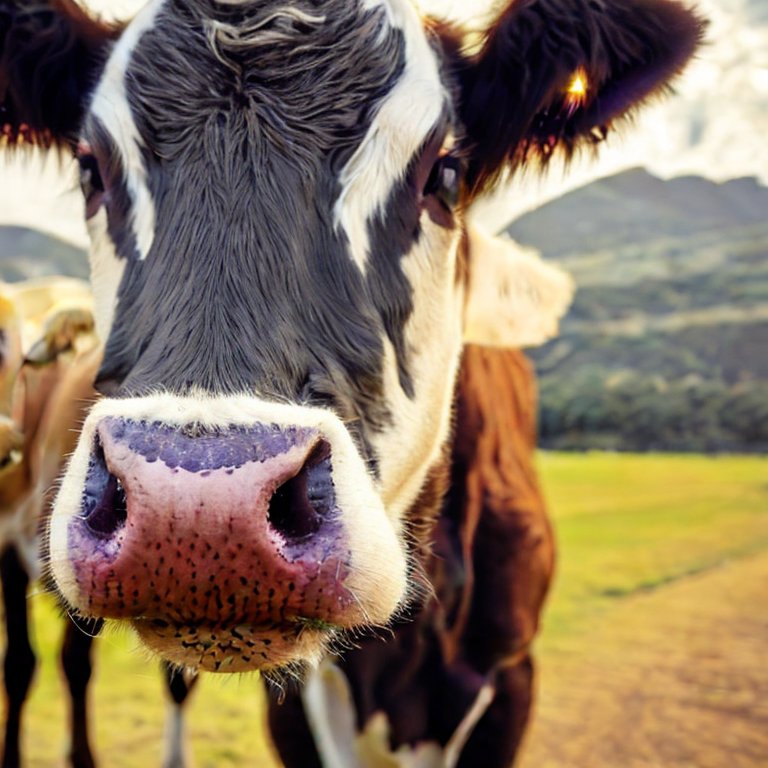Venturer
What Eats Raccoons? Understanding Natural Predators | Food Chain & Habitat
Updated at 07-02-2023 · Animals
Raccoons are one of the most recognizable wildlife species in North America. They are known for their distinctive black masks and ringed tails, as well as their opportunistic eating habits. While raccoons are often seen as pests, it is important to understand their role in the ecosystem and the animals that prey on them. In this article, we will explore the natural predators of raccoons and the factors that determine their survival.
Raccoon Habitat and Food Chain
Raccoons are found in a variety of habitats, including forests, swamps, and suburban areas. They are omnivores, meaning they eat both plants and animals, and their diet includes fruits, nuts, insects, small mammals, and birds. Raccoons are an important part of the food chain, as they provide food for their predators and help to control the populations of their prey.
Common Raccoon Predators
There are several animals that prey on raccoons, including coyotes, bobcats, mountain lions, and birds of prey such as owls and eagles. Each of these predators has unique adaptations and hunting strategies that allow them to capture and kill raccoons. For example, coyotes are known for their speed and endurance, while owls use their silent flight and sharp talons to surprise their prey.
How Raccoons Defend Themselves
Raccoons have several physical and behavioral adaptations that help them defend themselves against their predators. For example, raccoons have strong front claws that they use to climb trees and escape danger. They also have excellent memories, which allow them to recognize and avoid areas where they have been hunted in the past. Additionally, raccoons are nocturnal animals, which means they are active at night when many of their predators are sleeping.
It is important to understand the natural predators of raccoons and the factors that determine their survival. By studying the food chain, habitat, and adaptations of these animals, we can gain a deeper appreciation for the role that raccoons play in the ecosystem.
.jpg)
-1675940156.jpg)
.jpg)
